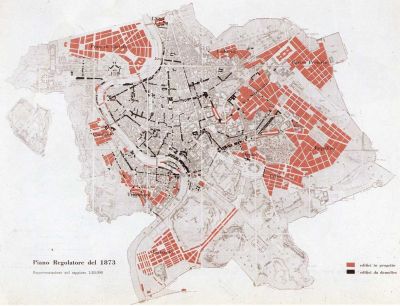EU–China collaborate on urban planning

Piano Viviani
By Ing. Viviani (Comune di Roma) [Public domain], via Wikimedia Commons
China and Europe are taking different routes to managing how their cities grow and change over time. An EU initiative explored the two approaches through academic and scientific exchanges.
High-level Chinese authorities are aware of the demands and fresh
concerns that lie ahead as their urban centres and society as a whole
continue to evolve at a rapid rate. The Chinese government's spatial
planning policy plays a key role in leading its social evolution.
As such, they are taking an active interest in the way their
European counterparts approach urbanisation and spatial planning.
Conversely, European scholars have taken a more holistic view to both
issues. They have been contrasting notions and methodologies with those
of their peers from around the globe.
The EU-funded 'Euro-Chinese urban and regional bi-continental
research scheme' (ECURBS) project set out to examine how Chinese and
European policymakers are dealing with the hurried urban transformation.
The academic and research staff mobility scheme brought together a
number of universities from the two regions to look into urban and
regional development and planning.
During the project lifetime, several international activities were
carried out, namely scientific workshops and conferences, research and
planning cooperation, teaching cooperation and academic exchanges.
Scholars analysed the unparalleled urban transformation taking place
in China, as well as the design of capable planning methods and
implementation.
By exploring two vastly different approaches to managing urban
transformation, ECURBS reinforced academic and scientific cooperation
and relations between China and Europe. By doing so, it helped boost the
profile and legitimacy of the urban planning domain for both.
published: 2015-02-25